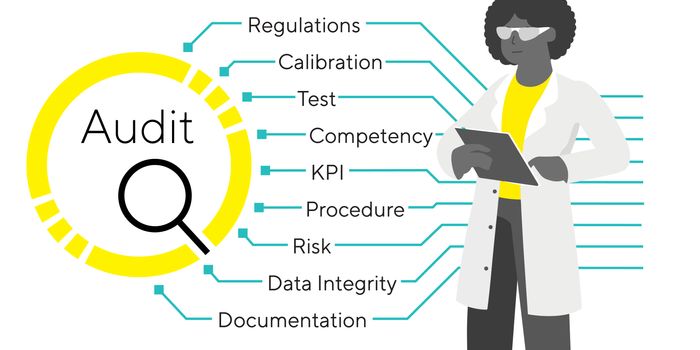A Device that Measures Mental Activity Through the Skin
A research team at New York University School of Engineering has used National Science Foundation funding to develop a novel (potentially wearable) device that can track electrodermal activity (EDA), or electrical activity in the skin that is influenced by changes in brain activity. The resulting tool could allow researchers to more easily track brain behavior and mental states of wearers, with implications for mental and physical health monitoring. A study, published in PLOS Computational Biology, describes the device.
Researchers believe their device could improve monitoring for a range of health conditions because the device can monitor EDA activity in real time with a high degree of accuracy. As a result, researchers can better detect changes in a person’s health, particular at the intersection of brain activity and EDA in particular areas of the body. This includes better monitoring for people with a range of physical conditions as well as mental conditions, such as autism or post-traumatic stress disorders.
The device runs on algorithmic information pulled from 26 healthy individuals. This helps the device receive and decipher EDA and brain signals with a high degree of accuracy. The study published in PLOS Computational Biology also models the role that sweat glands may play in deciphering brain signals and nervous system activation. Previous models have looked at sweat as a way to make inferences about brain activity, but many of these models can take minutes to process information. The new device can process information and provide insights about a wearer's health within seconds.
An example condition the device could help monitor for includes diabetic neuropathy. Oftentimes, the lack of activated nerves and brain signals to certain areas of the body can indicate that someone may have diabetic neuropathy. By continuously monitoring certain areas of the body for EDA, researchers can make certain inferences about the affected area and potentially recommend treatment changes, or new treatments altogether.
Next steps for this technology include building a viable design for a wearable device that can remove “white noise” generated by activities like movement.
Sources: Science Daily; PLOS Computational Biology








